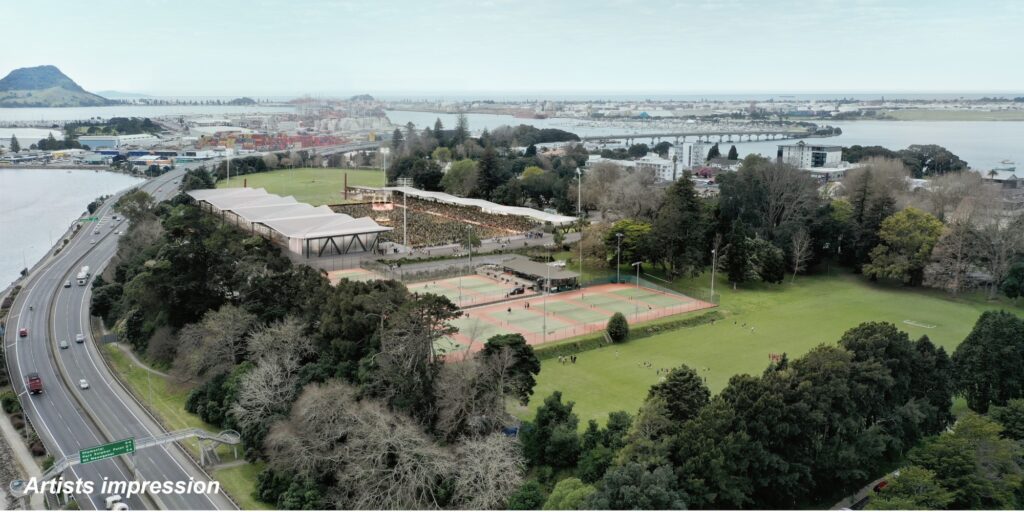Latest News

Pitching for progress: Multi-use community stadium for future growth
Source: Nigel Tutt, Priority One Chief Executive
Last week, Tauranga had the privilege of hosting Te Waihanga – New Zealand’s Infrastructure Commission, an organisation that provides policy advice to central government. Their board and executive presented a session on how to improve infrastructure in this region, providing regional leaders with the opportunity to discuss how New Zealand and the region can address our infrastructure deficit.
Sessions like this are crucial to gaining better visibility for the region and the significant infrastructure challenges here across transport, housing and community assets. I get the impression that many government officials in Wellington view the region as it was 20 years ago – a lot smaller and less significant to Aotearoa than it is now. It is important that we gain more prominence for our region.
The main themes from the session were the importance of separating national infrastructure planning from the political realm, and the crucial need for infrastructure planning to be thought about for the long term; one provocative statistic was that Tauranga is the same size now as Auckland was 100 years ago.
In line with this theme of planning for the future, it is important we consider future options for the city including social and cultural infrastructure. An example of potential community infrastructure is the boutique, multi-use, community stadium concept proposed for the Tauranga Domain, which was presented via a preliminary business case last week for consideration by Tauranga City Council. Commissioners agreed with the direction and the need for full public consultation on the preliminary stadium business case and asked for more information to further assess the project.

A concept that would enhance the city’s sporting infrastructure while providing additional uses such as an exhibition centre, space for concerts and festivals, sports clubs, and a teaching space for the university, the ‘community stadium’ would retain public use, while providing more opportunities to hold events in the city.
Getting the size right for this type of development is important, and the proposed size of 7,000 permanent seats with the ability to flex up to 15,000 for a big sports game would be a good fit for Tauranga. The stadium could hold up to 25,000 people for concerts and more for festival type events. It would provide many more opportunities for community and cultural interaction than we currently have and aligns well with the rejuvenation of the CBD that is already underway.
While the $220m projected cost of a stadium will draw attention, the benefits are substantial, with over $700m of additional economic impact identified in the business case. We expect the stadium to receive substantial external funding, so not all of this cost will fall to ratepayers.
Focus more the city rightly needs to go into addressing the critical infrastructure deficit, we must include community facilities alongside work on transport and housing, particularly with the continued growth in population, and the need to retain our youth in this area in the future.
There have been previous attempts at a stadium in the city, which in hindsight seem inexpensive. The city’s choice now is to either retain the existing facilities or embrace the change that will be inevitable for this city and set it up long into the future. Change will always carry some trepidation, but the benefits of a community stadium would be substantial, not only for sports enthusiasts but for the city’s economy, youth and community as a whole.
